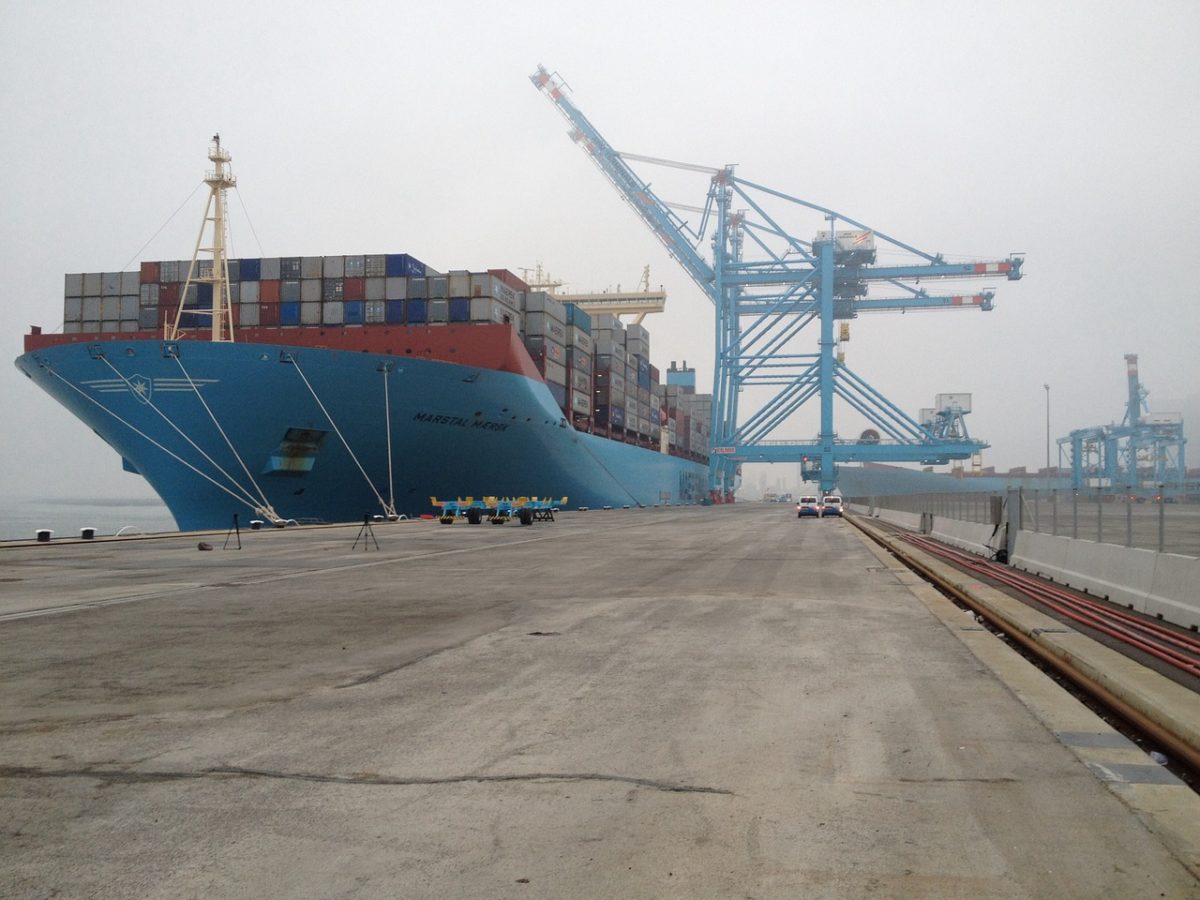Photo: Creative Commons
By Mike Wackett
(The Loadstar) – Despite Maersk Line’s better-than-expected $37m first-quarter net profit, Drewry today reiterated its view that ocean carriers would collectively record a significant loss this year.
“Carrier profit margins this year will be influenced by big swings on both prices and costs, but as things stand carriers will lose between $6bn-$10bn this year,” it said in analysis published this morning.
It described the Q1 results that have so far been published as “patchy”, in as much as Maersk and US Jones Act carrier Matson made operating profits while others “sank further into the red”.
Indeed, on Friday NOL posted a first-quarter net loss of $105m by its APL container division, compared with an $11m loss in the same period of 2015 – and with the exception of Maersk and Matson, all other carriers reporting so far have recorded Q1 losses.
However, Drewry conceded that container lines had at least stemmed the quarter-on-quarter deterioration that began in the second quarter of last year.
Despite worsening trading as 2015 progressed, early gains enabled the industry to record an operating profit of about $5bn, said Drewry.
Drewry admitted that Maersk Line’s result had “defied expectations”, as most analysts (including Drewry itself) had predicted further red ink from the Danish carrier, following the $165m net loss incurred in the final three months of 2015.
Maersk’s result, achieved on the back of 16% unit cost savings, was assisted by a 50% reduction in fuel costs, although a deeper analysis of its accounts showed that additional revenue from demurrage – often not efficiently collected by carriers in the past – and income from slot charters had helped to push it into the black in the quarter.
Drewry points to the negative trends of both freight rates and fuel costs as its reason for continued pessimism. It said that barring temporary general rate increase (GRI)-induced hikes, carriers had not had any success in raising spot market rates, and that anecdotal reports of significantly reduced contract rates “suggested that worse was still to come on the revenue side”.
And in regard to bunker costs, Drewry notes that prices have been steadily inching up since mid-January and are now at just under $200 per tonne for heavy fuel oil, versus the low of around $100 per tonne at the end of last year.
Maersk Line is “not necessarily the best bellwether for the industry at large” suggested Drewry, given its “huge size differential to almost all of its peers”.
Maersk Line chief executive Soren Skou was positive on the outlook for the carrier: “We expect the market to pick up towards the third quarter of 2016. Our network is now operating with very high utilisation and our vessels are full on the Asia-Europe trade.”
However, Drewry added: “Repeating the same cost savings will get tougher as the year progresses with bunkers on the rise, making it even more important for carriers to get freight rates off the floor.”
The Loadstar is fast becoming known at the highest levels of logistics and supply chain management as one of the best sources of influential analysis and commentary.
Check them out at TheLoadstar.co.uk, or find them on Facebook and Twitter.

 Join The Club
Join The Club











